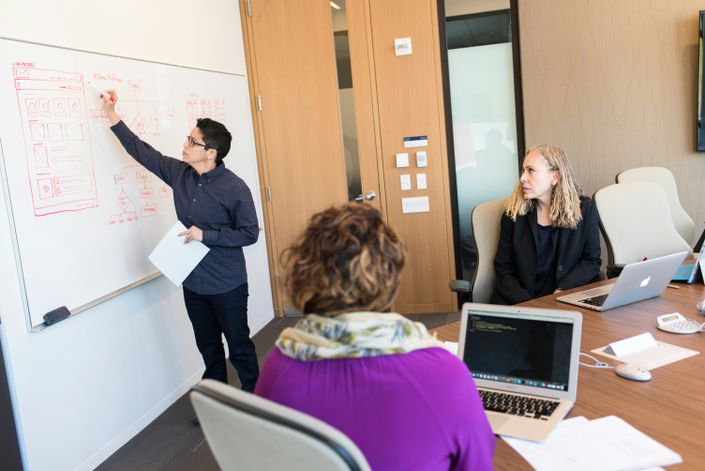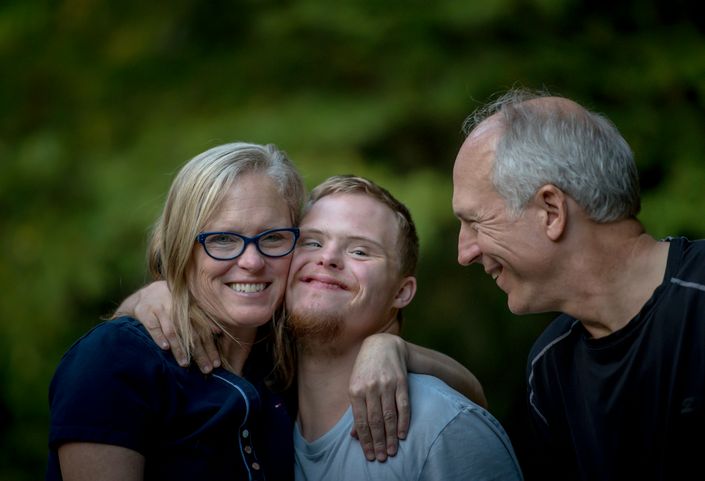
Objectives
- Understand the susceptibility of older adults to falls due to physiological and environmental factors.
- Identify potential risks in a client’s home that could contribute to falls, using systematic risk assessment tools.
- Implement fall prevention strategies, including physical exercises and environmental modifications, tailored to overcoming or managing medical conditions that increase fall risk.
-
Applying best practices for hand hygiene, the use of personal protective equipment (PPE), cleaning, disinfection, and the proper disposal of sharps and other contaminated materials.
Learning Methods:
Interactive Webinars:
- Engaging Presentations: Deliver webinars that explain key concepts through the use of real-world examples, multimedia content, and interactive slides. Participants can ask questions and receive immediate feedback through live chat or voice interactions.
Virtual Demonstrations:
- Video Demonstrations: Utilize pre-recorded videos to show practical demonstrations on using assistive devices and making home modifications. Live streaming can also be employed for real-time demonstrations where instructors show techniques and answer questions on-the-spot.
Online Workshops:
- Interactive Sessions: Conduct virtual workshops using video conferencing tools where participants can practice assessment and intervention strategies. Breakout rooms can be used for small group interactions, allowing participants to work together on tasks while being supervised by an instructor virtually.
Virtual Group Activities:
- Scenario-Based Learning: Facilitate group activities through virtual classrooms where participants engage in scenario-based exercises designed to enhance problem solving and critical thinking. Use of online polling, shared documents, and interactive platforms to simulate real-life challenges and encourage active participation.

Home Safety Audits
Practical training on conducting thorough assessments of clients' living spaces to identify and mitigate risks.

Medical & Medication Factors
Insights into how medical conditions and medications can increase fall risks and strategies to manage these factors.

Preventative Strategies
Hands-on practice of exercises that improve balance and strength and advice on behavioral and environmental modifications to prevent falls.

Fall Risks Factors
Understanding the biological, medical, and environmental factors that increase fall risks among the elderly.

Environmental Modifications
Practical steps for modifying home and care environments to reduce fall risks, such as securing rugs, improving lighting, and installing grab bars.

Physical Interventions
Training in exercises and physical techniques that can strengthen older adults and improve their balance.
Safety Precautions & Fall Prevention Curriculum
- 4.1 Physical Exercises: Demonstrating and practicing exercises that enhance balance and strength
- 4.2 Environmental Modifications: Practical modifications in the home to prevent falls
- 4.3 Behavioral Strategies: Educating clients on safe movement and transfers
- 4.4 Activity: Role-playing to practice intervention strategies.
Intended Audience
This module is designed for caregivers, home health aides, nursing assistants, and other healthcare professionals who work directly with older adults in various settings, such as residential homes, nursing facilities, or clients' own homes. It is suitable for both new entrants to the field and experienced practitioners looking to update their skills and knowledge.

Provider Agencies Also Like This
Explore additional training opportunities that other provider agencies have found valuable. This section features a curated selection of courses and resources designed to enhance your knowledge and operational effectiveness in the home care industry.





